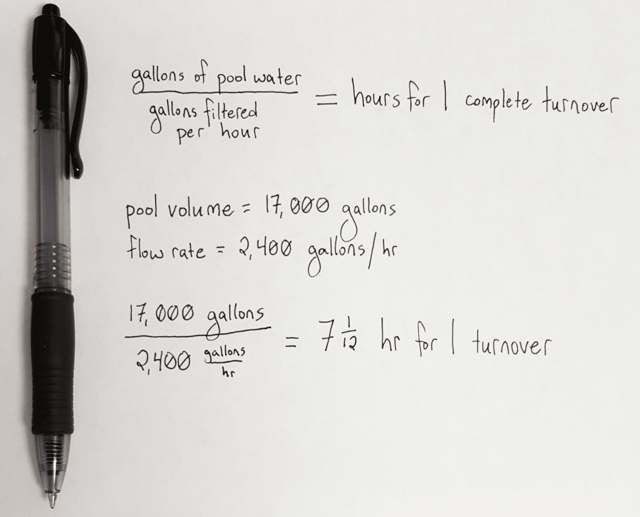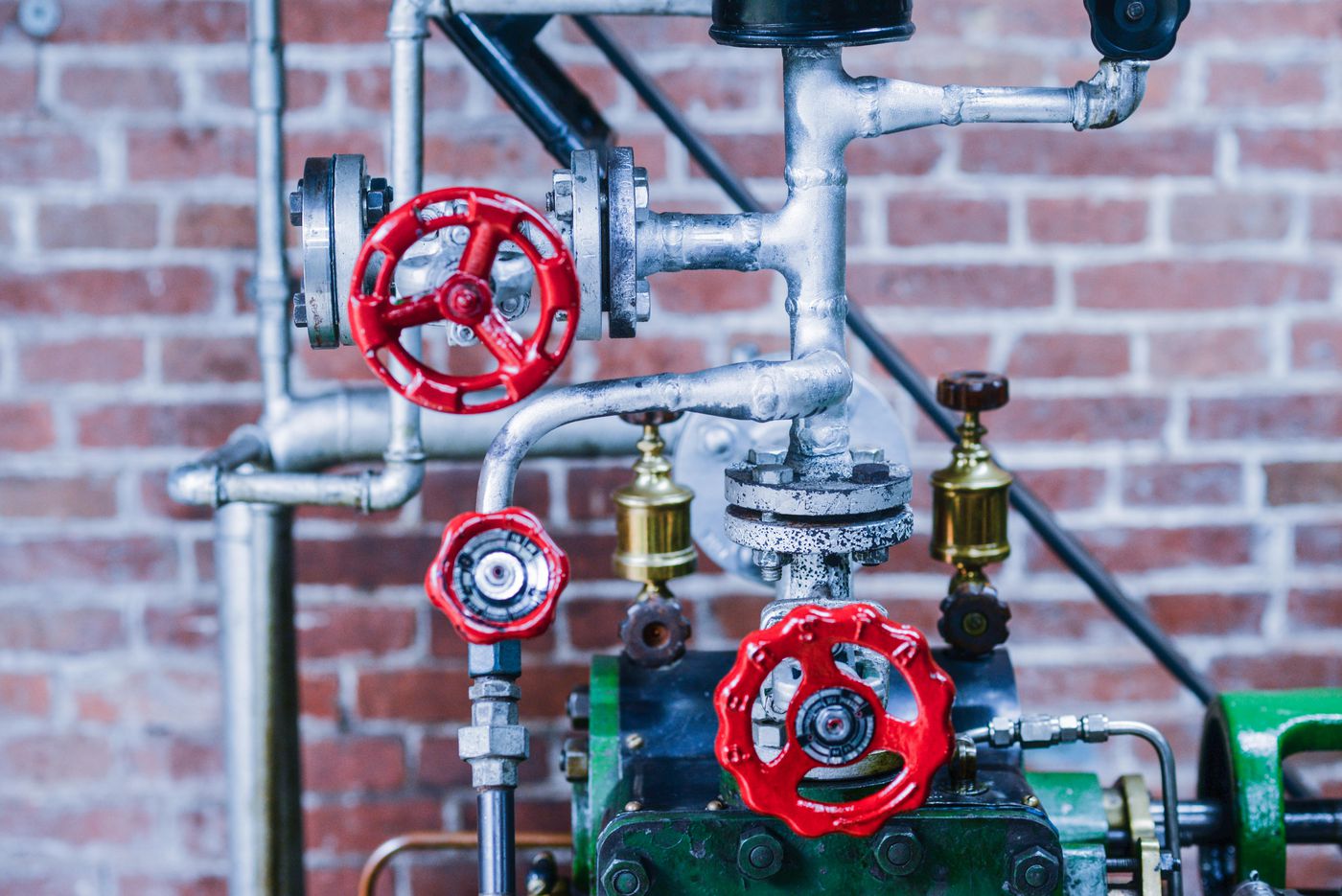Time for a shout-out to the unsung heroes: pool pump and filter systems! Your pool pump circulates the water to distribute the chemicals and filter out particulate matter from the water to keep the water clean, pretty, and safe.
It’s doing you a solid, but it can also be a giant energy hog thanks to all that work. (Plus, extended hard work could wear the pump out sooner than expected. We don't want that. After all, extended hard work is the worst.)
So how can you get all the benefits without spending extra money on electrical costs you don’t need?
This can get super technical with gross things like words and numbers… But we’ll give a basic answer and a complex answer.
First, though, you’ll need to know your pump’s flow rate and speed options.
Flow rate for a pool pump
How much water does your pump filter in a set time period? That speed is your flow rate.
(Note: This is not the same as a turnover rate.)
You can find the flow rate on the manufacturer’s instructions for the pool pump. It’ll be measured in gallons per minute (gpm) or gallons per hour (gph).
The flow rate dictates the size of most pool equipment, water quality, and water clarity.
Types of pool pumps
Single-speed and two-speed pumps for a pool
A single-speed pump has a single flow rate, and that’s it.
Back in “ye olde” days, when everyone had one-speed pumps, most people ran their pumps 6–12 hours a day, on a timer.
A single-speed pump makes things a little simpler in that you don’t have to think about when to turn the speed up or down. You set the timer and let it do its thing.
Unfortunately, this is also its downside. You don’t have the option to run it at a lower speed to save energy.
A two-speed pump is a step up: you can flip a switch between a high speed and low speed.
Variable-speed pumps for a pool
Now we have the innovations of variable-speed pumps as well.
You can change the flow rate of the pump so that it doesn’t consume as much energy but still moves many gallons of water.
Bonus: lower speeds also means lower noise.
Technology is amazing.
Guidelines for running a pool pump
The turnover rate of a swimming pool is the amount of time (usually hours) it takes for the pumping and filtration systems to cycle all of the water in the pool once.
Turnover rate for pools:
- Swimming pools: 8 hours or less (preferred 6 hours or less)
- Wading pools: 2 hours or less (preferred 1 hour or less)
- Spa pools: 1 hour or less (preferred 0.5 hours or less)
Keep in mind that your pool will need to run longer or at higher speeds if you have more swimmers than usual, if the pool gets a lot of sun, or if the weather is warm. A pool in Florida’s climate will likely need more run time than a pool in Ohio’s climate.
As a starting point, though, you can use this formula:
pool volume ÷ flow rate = hours to run the filter for one turnover

If you don’t know your pool’s volume, you can use an online calculator like this Pool Volume Calculator from Pentair.
Let’s say a 17,000-gallon pool like our 40-ft. C40 model uses a filter that circulates 2,400 gallons per hour.
(This flow rate is, on average, the middle speed on a variable-speed pump or the lowest speed of a 2-speed pump.)
Using this formula, the filter should run for about 7 hours per day for one full circulation.

Side note: concrete pools generally require 2 full circulations (also called turnovers) per day to maintain clean water...twice the electrical energy required for a fiberglass pool.
Want more info about pools?
River Pools specializes in fiberglass pools that are installed across the country through independent installers.
If you’d like to learn more about fiberglass pools, check out our comprehensive ebook "How to Buy a Fiberglass Pool in 2018.” It discusses cost, design, durability, installation, special features, and more—everything you need to know to make an educated pool decision.
You can also check out all our blog articles about maintenance for any other issues you may encounter. We want to help you make the most of your pool!

Up Next:
Should I Get an Automation System for My Pool?
Editor's note: This blog article was updated on April 17, 2019.
Editor's note: This article was updated on October 19, 2023.




